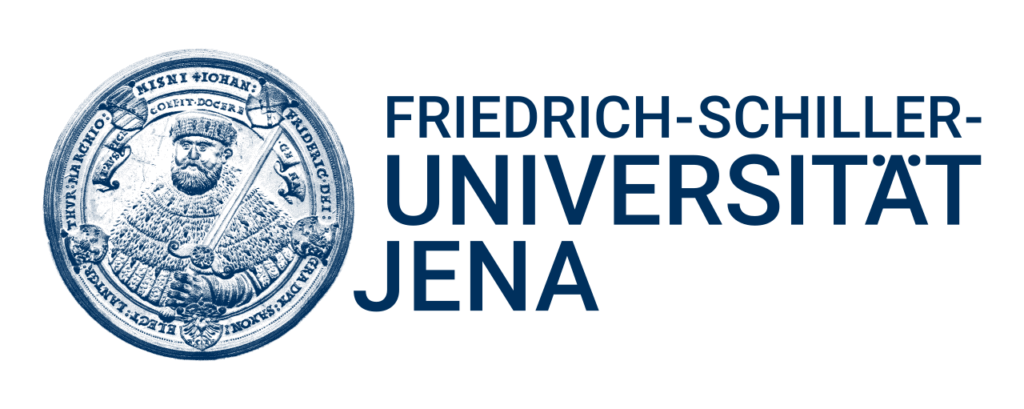
Home
VirusREvolution
To comprehensively characterize viruses, predict their pathogenic potential, and uncover virus tropism, there is a critical need for essential bioinformatic and photonic tools. Despite the recognised excellence of virology, bioinformatics, and photonics in Germany, these three fields have interacted only sporadically, with notable exceptions of HIV-1, Influenza A virus, and SARS-CoV-2. The primary objective of VirusREvolution is…
Team
- Manja Marz (Spokesperson), Virus bioinformatics, RNA bioinformatics, HTS data analysis | FSU Jena, Institute for Computer Science
- Sebastian Böcker (Coordination team), Bioinformatics, algorithmics, metabolomics | FSU Jena, Institute for Computer Science
- Stefanie Deinhardt-Emmer (Coordination team), Pathogenesis of viral and bacterial interferences | FSU Jena, Institute of Medical Microbiology
- Christian Eggeling (Coordination team), Super-resolution microscopy | FSU Jena, Institute for Applied Optics and Biophysics
- Friedemann Weber (Coordination team), RNA viruses, innate immune response | JLU Giessen, Institute of Virology
Institutions
moreResearch Programme
Goals
The primary objective of VirusREvolution is to pioneer the creation of specialized bioinformatic and photonic tools dedicated to viruses. More specifically we have four different goals:
- G1: Tools for the description of novel emerging viruses.
- G2: Tools for precise research on virus evolution.
- G3: Tools for the generalisation of virus-host interactions.
- G4: Tools for the prediction of virus infection potential.
Projects
To achieve our objective we establish three project areas to tackle various tasks:
Long-term-Perspective
Quite relentlessly, the COVID-19 crisis made transparent the lack of bioinformatic and photonic tools to understand even basic features of virus replication or, more strategically, approaches to fight outbreaks. The VirusREvolution initiative will provide virologists with the appropriate methods and tools to boost their knowledge of virus replication. The bioinformatics tools and photonic methods will be available not only for basic research in virology but also for diagnostics, surveillance, and pathomechanistic studies of future pandemic situations…
more







